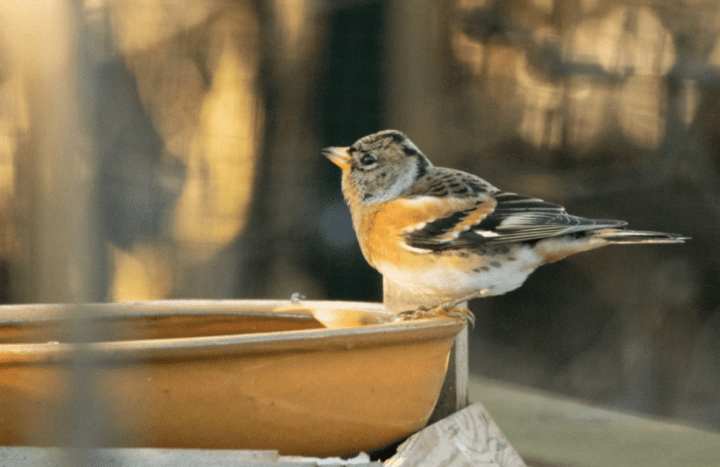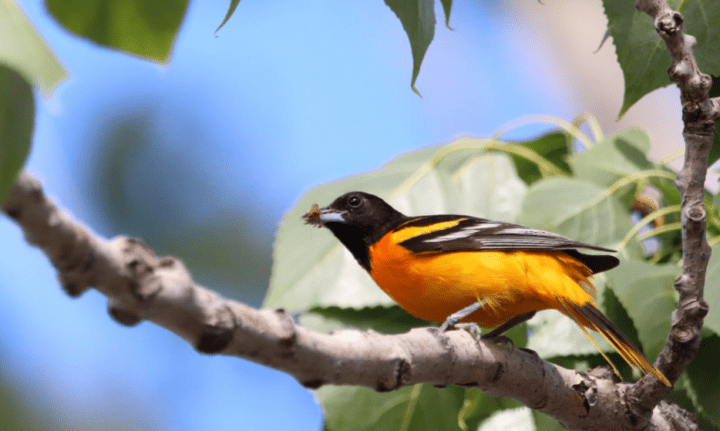Making Windows Safer for Birds

Brambling © Letty Roedolf Groenenboom (28 Feb 2022) Macaulay Library ML420902341
There are plenty reasons for people to love windows—they let in natural light, they make rooms feel bigger, and they remind us that no matter how long we spend cooped up indoors at work or at school, there’s still a whole beautiful world out there and that it’s worth looking at. Birds, on the other hand, don’t have quite so many reasons to love them. In fact, to birds, windows are nothing but a dangerous trap.
The U.S. Fish and Wildlife Service states that, “One of the greatest hazards to birds is plate glass, with windows in homes and offices killing as many as one billion birds each year.” In the interest of protecting birds and promoting interest for students, we wanted to share some background on when and why window strikes happen, and some easy ways to prevent them.
Have you ever seen someone accidentally walk into a glass door? Birds have an even harder time detecting glass than humans do. Plate glass windows can reflect elements of a bird’s natural environment, such as trees, shrubs, and the sky, leading birds to fly right into them. At night, lighted high-rise windows also pose a huge threat to birds, especially nocturnal migrants like orioles, tanagers, and warblers.

Baltimore Oriole © Hubert Poulin-Therrien (26 Jun 2020) Macaulay Library ML420884541
Here are some effective ways to make your windows safer for birds:
- Install a small-mesh net or screen (a net 5/8” in diameter works well) at least 3 inches from the glass. Make sure that it is taut enough that the birds will bounce off unharmed instead of hitting the glass.
- Add bird images to your windows. These are commercially available but also fun for kids to make.
- Cover your windows with a one-way transparent film. This way, the window will appear opaque to birds on the outside, but you will still be able to see through them from the inside.
- Install shutters on the outside of your windows and keep them closed when you’re not in the room. These are also great for energy saving! Similarly, external awnings can block reflections.
- If you have internal blinds, keep the slats only half open.
Mark the outside of your windows with vertical strips of soap, paint, or masking tape, spaced no more than 6 inches apart.
You can find more details on these solutions and photo examples at this American Bird Conservancy page. These simple fixes can make a wonderful difference for birds, so take action to help save the lives of the birds in your area!
Bonus bird/window interaction: Sometimes, especially during the spring and early summer when birds are breeding, male birds attack their own reflections in windows. While this type of window interaction is far less harmful than a collision, a battle with a window reflection can leave birds exhausted and weak (in addition to probably driving you bananas!). Try temporarily covering the mirror or window; this tends to be a temporary problem and he’ll move on soon!